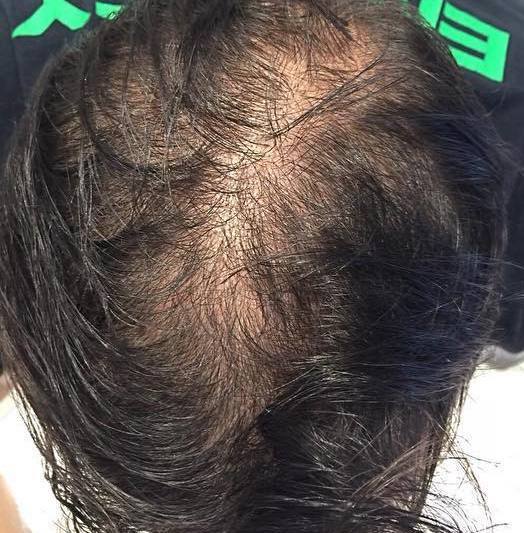Home / Hair Care & Styling / Brushing & Combing
Brushing & Combing
Brushes are wonderful styling aids, but you need to be careful when you use them. Incorrect brushing, and the wrong type of brush, can cause widespread damage to your hair and scalp.
For instance, vigorous brushing can remove some of your hairs’ cuticle – the hair’s outer cell layer - which weakens it and causes breakage. Constant traction from brushing can also pull hair out, while sharp points are capable of removing the top layer of scalp skin. While combs are in general gentler and better for your hair than brushes, they will not give you as much control when styling. The best styling results are achieved when you use a comb to ease out tangles and a brush to style your hair into shape when blow-drying.
HOW TO CHOOSE A BRUSH
Choose a brush with long, widely-spaced plastic bristles, not natural bristles. Plastic bristles are smoother, blunter and kinder to you hair, while natural bristles are sharper, often barbed, and tufted close together. Above all, avoid brushes with metal prongs.
Correct Brushing Tips
Although satisfying, brushing your hair should not be used as a way to ‘exercise it’. Think of what would happen if you brushed a wool sweater or a dress fifty times a day: it would fray and wear out. The same goes for your hair.
Wet hair is swollen and stretched by as much as 20-30%, so roughly brushing your hair when wet can snap it like a rubber band. To avoid unnecessary breakage, use a comb, rather than a brush, to remove tangles after washing your hair, and always work tangles out starting from your ends.
Brush already-dried hair gently, carefully easing any knots out from the ends upwards. Pulling a brush roughly through your hair from top to bottom can worsen tangles, cause hair breakage and scratch your scalp.
Use a de-tangling spray before brushing in the mornings, or at any time of day on knotted hair, to help remove tangles.
Be careful not to pull or twist your hair too much when you blow-dry. The combination of heat and extra traction is more likely to cause hair breakage.
HOW TO CHOOSE A COMB
Metal combs are the worst for your hair as their edges can lacerate individual strands. Cheaper plastic combs made in a mould should also be avoided, as they have join lines down the center of each tooth which can cut your hair shaft, remove hair cells and eventually weaken your hair.
CLEANING BRUSHES AND COMBS
Brushes and combs collect dirt easily, so it’s important you clean them regularly, or you’ll be brushing dirt and old product back into your hair. The best way to clean a brush/comb is to dissolve a tablespoon of washing-up liquid in a basin of water. Add a small amount of antiseptic and then quickly tap your brush or comb in it. Afterwards, rinse with clean water.
Learn more about:
Why Nina Ross Hair Therapy?
State of the art + PERSONALIZED TREATMENTS
Founder of NRHT - Shanina "Nina Ross" Lassiter
Transformations
View Real Patient Before & Afters
Reviews
see testimonials from current clients
Get answers from a specialist












